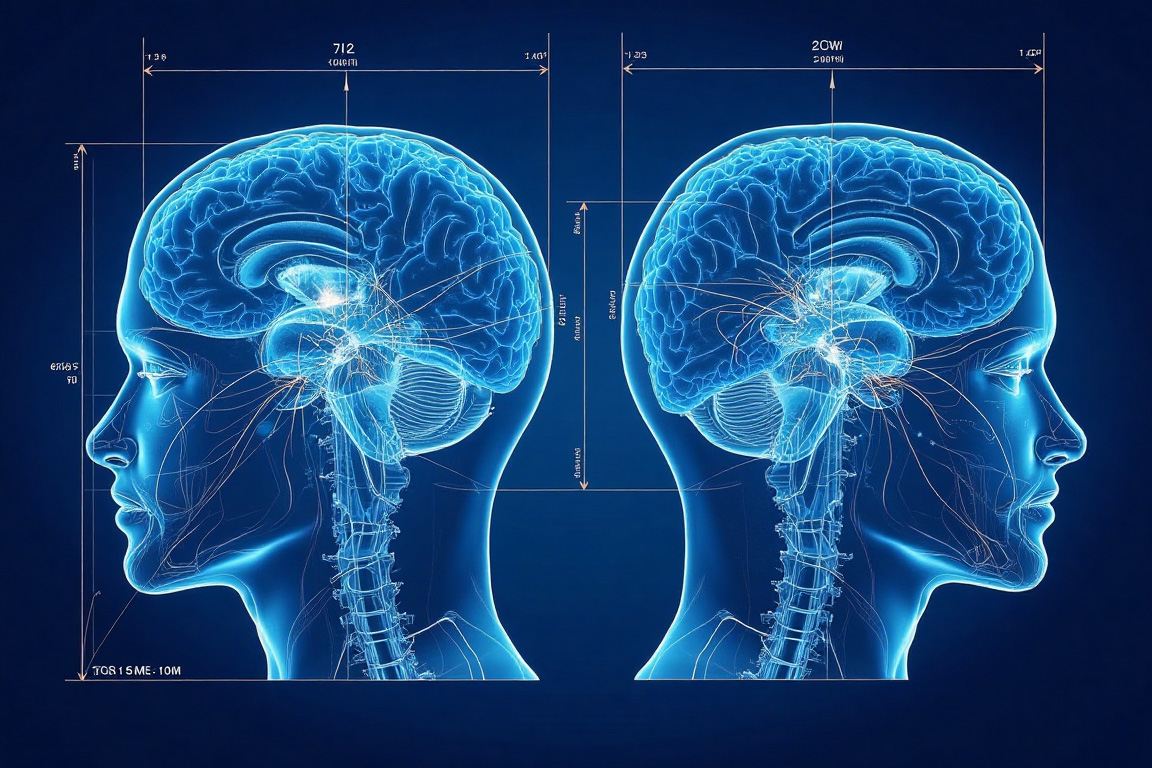The revolution is here - and it's messy
Ever since the general release of ChatGPT in 2022, companies such as OpenAI have been breathlessly rehearsing the script that we are on the brink of a glorious golden age whihch has, in general, failed to live up to the hype. AI is repeatedly hailed as the next great revolution that will supposedly transform everything from government services to global industry. But behind the glossy headlines and optimistic forecasts lies a more sobering truth: the AI revolution is proving far messier, slower, and more uncertain than the evangelists would have us believe.
Three recent reports from Oxford Economics offer a mixed view of the current impact of AI. First of all, their second Enterprise AI Maturity Index came to the surprising conclusion that organisations have gone backwards this year, with the average score dropping 9 points, indicating AI innovation is outpacing organisations' ability to deploy effectively at scale. Their most recent publication, written in conjunction with EY (formerly Ernst & Young), is more optimistic, showing how pioneering companies succeed by balancing technical foundations and organisational readines, although even here they note that the implementation gap is causing significant costs for businesses. It is the third report, however, on US college unemployment that makes the grimmest reading, driven as it is by a tech sector hiring slowdown and AI displacing entry-level positions, particularly in computer and mathematical occupations.
The gap between hype and reality, then, remains stark. Governments and companies around the world are being told that AI is the answer to their most pressing problems - whether budget shortfalls, staff shortages, sluggish productivity, and even geopolitical instability. And yet, despite all the talk, actual implementation remains patchy at best. While 64% of public sector organisations claim AI could save money and improve services, only a quarter have managed to deploy it in any meaningful way. Generative AI, the latest darling of the tech world, is even less widespread—adopted by just 12%. Nor where it is adopted is it in the best interests of the wider public, as US graduates are finding to their cost.

Despite the promises, there remains an implementation gap for technology in general in industry and government. Source: Rintrah Imagen.
Pioneers are few and far between
A handful of so-called “pioneers” who are held up as examples of what’s possible, but their success stories often rely on ideal conditions: strong infrastructure, deep pockets, and - most importantly - a workforce ready to embrace change. For most governments, the road is far bumpier. Data privacy concerns, outdated systems, unclear strategies, and ethical dilemmas are just a few of the obstacles standing in the way. And ironically, those furthest along in AI adoption are often the most aware of how complex and fraught the journey really is.
Even where AI is being used, the benefits are often overstated. Automating invoice processing or deploying chatbots may save time, but these are hardly revolutionary changes. The promise of AI transforming public value across six dimensions, from productivity to resilience, sounds impressive, but the evidence remains thin. Much of the rhetoric feels more like a sales pitch than a sober assessment of what AI can actually deliver. The private sector isn’t faring much better. As already noted, the average AI maturity score has actually dropped according to Oxford Economic, suggesting that companies are struggling to keep up with the pace of innovation. Fewer than 1% of firms scored above 50 on a 100-point scale - in other words, even the most advanced companies are still in the early stages of figuring out how to use AI effectively.
Yet the most troubling aspect of the AI boom remains its impact on employment. While tech leaders promise that AI will augment rather than replace workers, the data tells a different story, especially for young people. In the US, 85% of the recent rise in unemployment has been among new entrants to the job market and many entry-level roles, particularly in tech, are disappearing. Since 2022, employment for recent graduates in computing and mathematics has dropped by 8%, while older workers in the same fields have actually seen modest gains. Despite this, young people are still clinging to the hope of meaningful work, with labour force participation holding steady, but the broader workforce is understandably anxious. Nearly two-thirds of public sector workers believe AI will take over parts of their job, and over 70% think it will lead to fewer staff. Only 18% feel they’ve received adequate training to adapt - hardly a recipe for confidence.
The World Economic Forum predicts that 38% of public sector skills will be obsolete by 2025, yet the response from employers has been tepid at best. Calls for upskilling and reskilling are common, but actual investment remains limited. The rhetoric of “human-centric AI” sounds good, but without real support for workers, it risks becoming just another empty slogan. In truth, AI is not a magic bullet. It is a complex, evolving set of technologies that require careful implementation, clear governance, and a realistic understanding of their limitations. The current narrative, driven by consultants, vendors, and tech evangelists, too often glosses over the hard work and hard choices involved. Yes, AI has potential. But potential is not the same as progress. Until governments and industries confront the real challenges - technical, ethical, and human - the AI revolution will remain more promise than practice.


